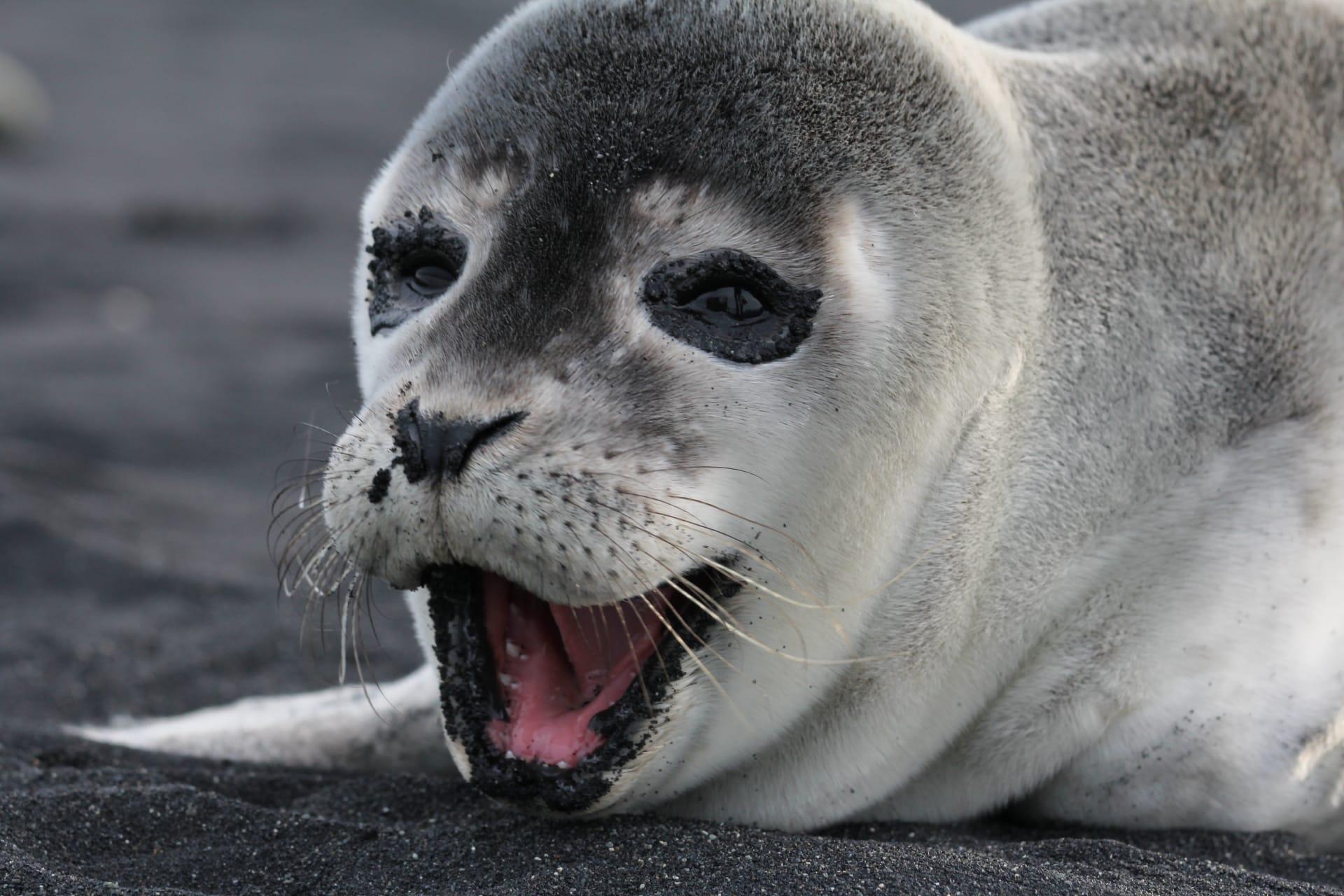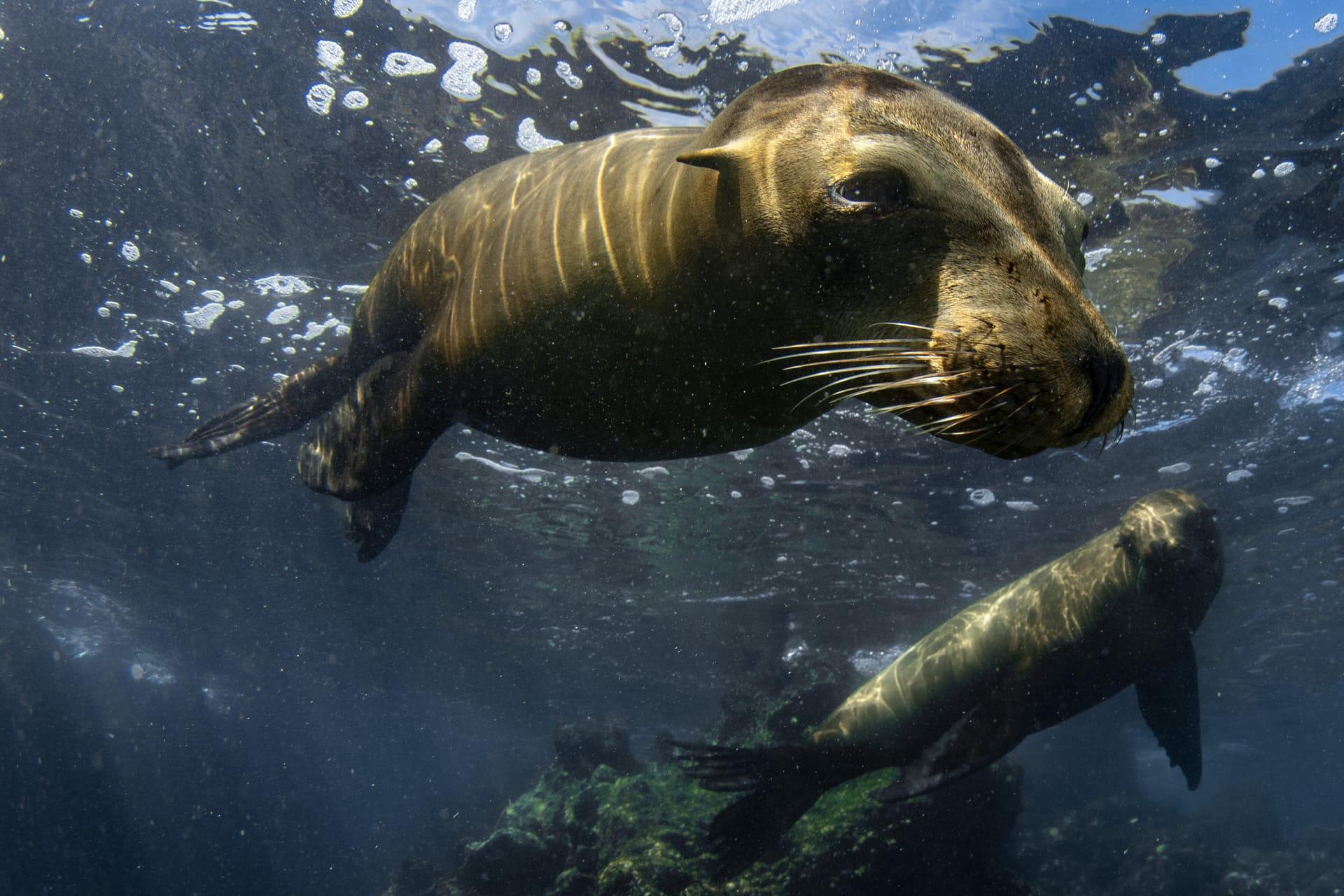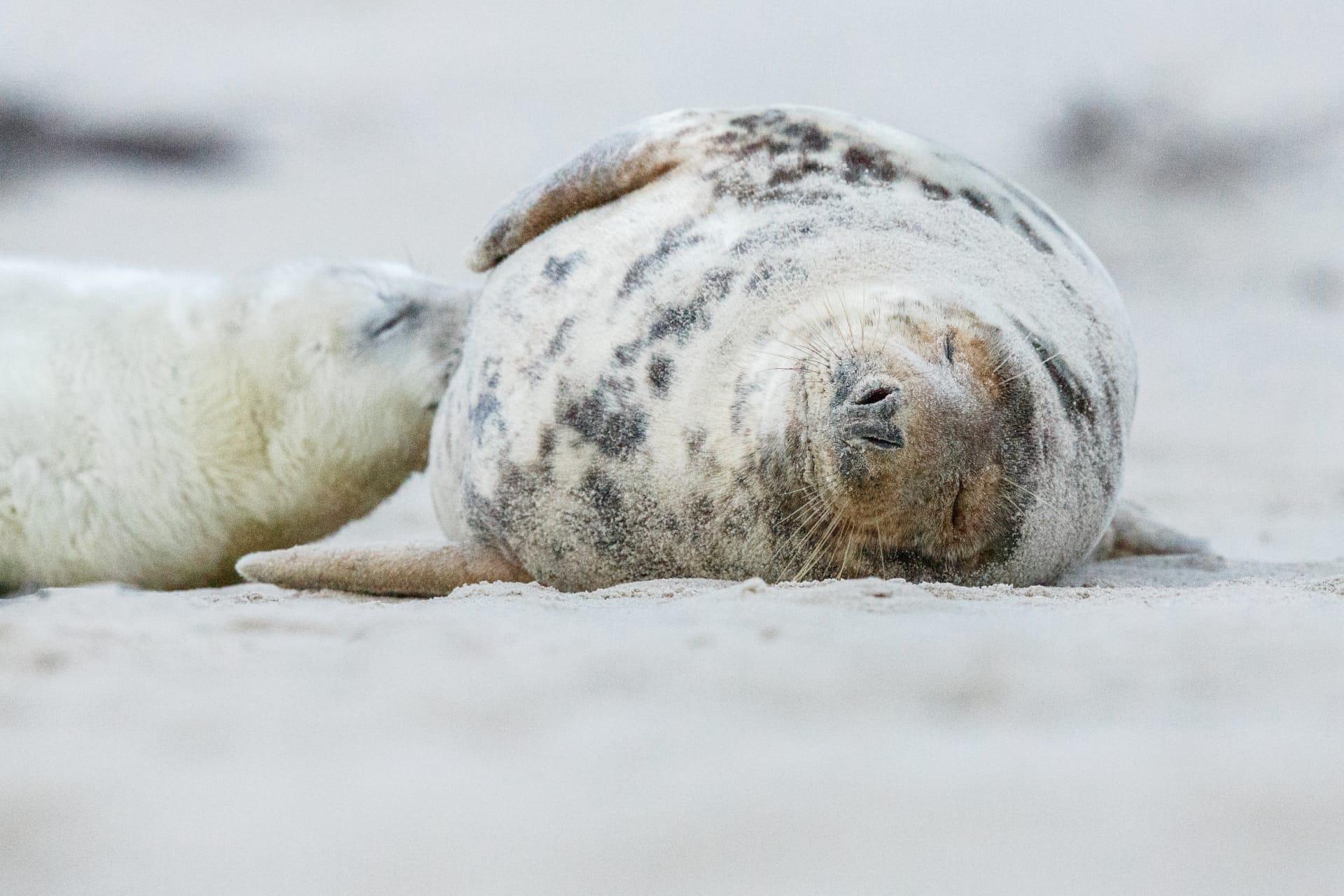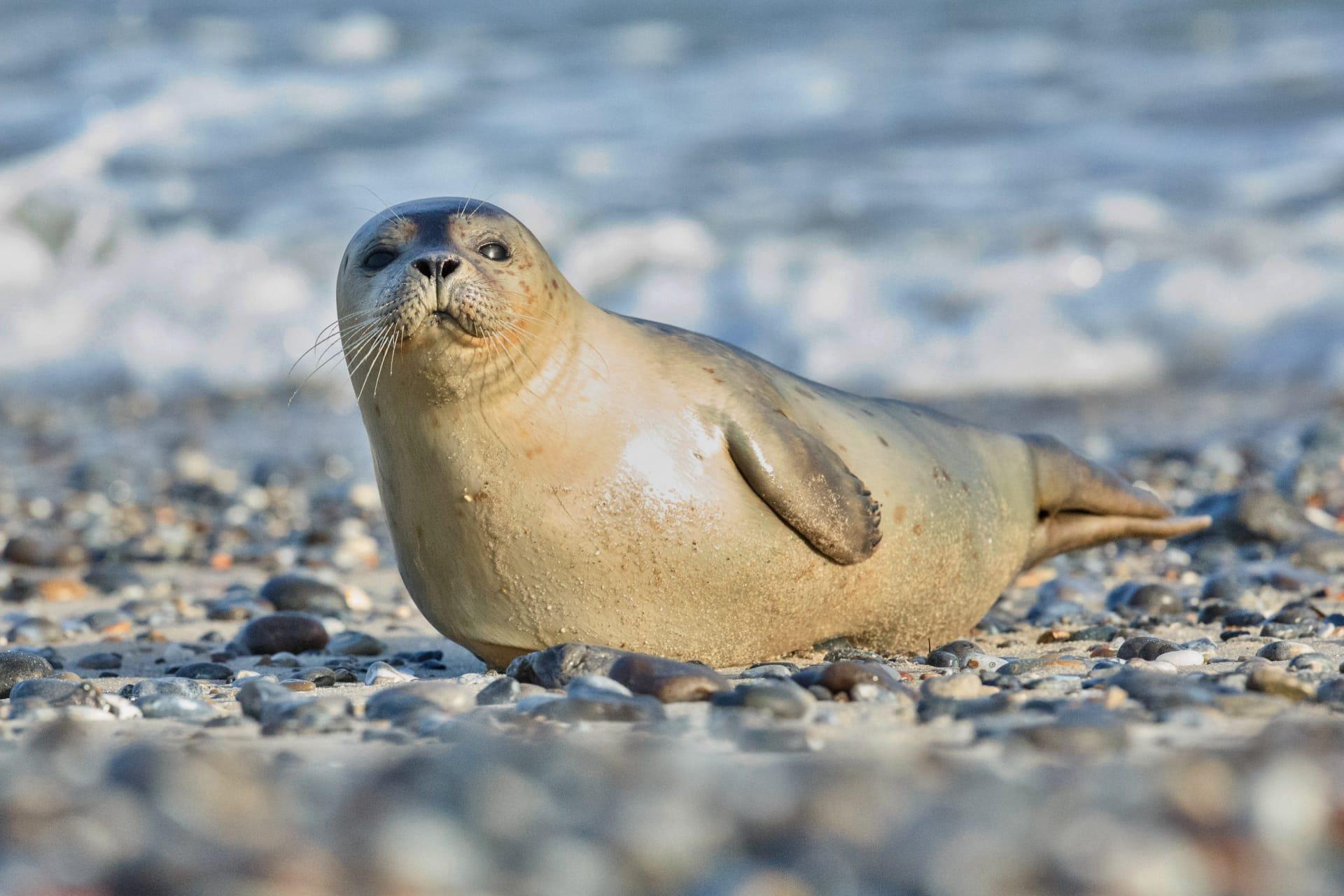Sea Lion Characteristics
- Home /
- Mini Encyclopedia /
- Animal /
- Sea Lion Characteristics
1
Sea lions, those playful creatures of the ocean, boast some fascinating physical characteristics. Let's dive into their anatomy: adult males, known as bulls, are significantly larger than females, reaching up to 8 feet in length and weighing between 600 and 800 kilograms. Females, or cows, are more petite, usually measuring around 6 feet and weighing between 100 and 350 kilograms. These marine mammals have a lifespan that's quite impressive; in the wild, they can live for about 20 to 30 years, though this can extend up to 30 years in captivity with proper care.
One of the most remarkable organs of a sea lion is its whiskers, scientifically known as vibrissae. These aren't just for looks; they play a crucial role in the sea lion's survival. Each whisker is packed with nerves and blood vessels, making them highly sensitive to vibrations in the water. This sensitivity allows sea lions to detect movements of fish and other prey, making them adept hunters even in murky waters or at night. These whiskers can even sense the size, shape, and speed of nearby objects, which is especially helpful in navigating the ocean depths and avoiding predators.

2
Question: Why do sea lions often "bark"?
Answer: The barking of sea lions is not just a random noise; it's a vital part of their social communication. Each bark can convey different messages. Males often bark to establish and maintain dominance, especially during the breeding season. They use their loud barks to ward off rivals and attract females. On the other hand, females and pups bark to strengthen their bond and to locate each other among the large colonies. This vocalization plays a significant role in their social structure and mating behavior, making the bark much more than just a sound, but a language of its own in the sea lion world.

3
When it comes to movement, sea lions are incredibly agile. In water, they can reach speeds of up to 25 miles per hour, thanks to their streamlined bodies and powerful front flippers. These flippers, much larger than those of seals, enable sharp turns and sudden stops, making sea lions acrobatic swimmers. On land, unlike seals, they can walk on all fours. This ability is due to their rotating hind flippers, allowing them to move quite effectively on rocky shores and sandy beaches.
In terms of hunting, sea lions are opportunistic feeders and skilled predators. They primarily feast on a diet of fish, squid, and octopus. Their hunting strategy is as remarkable as it is efficient. They often hunt in groups, using coordinated movements to herd fish into tight balls, making it easier to catch them. Their excellent underwater vision, combined with their sensitive whiskers, allows them to detect and catch prey even in dark or cloudy waters. This adaptability in hunting techniques ensures their survival in various marine environments.

4
The natural habitat of sea lions is diverse, ranging from subarctic to tropical waters. They are commonly found along coastlines and offshore islands. These environments provide the essential elements for their survival: ample food supply and safe breeding grounds. Sea lions prefer areas with abundant marine life for feeding and rocky beaches or sandy coves for breeding and resting. These habitats also offer protection from predators and harsh weather conditions.
Reproduction is a critical aspect of sea lion life. The breeding season is marked by the formation of colonies on beaches or rocky shores. Males establish territories and gather harems of females. After a gestation period of about 11 months, females give birth to a single pup. The mother-pup bond is strong; the mother nurses the pup for at least six months, during which she teaches it vital survival skills. This extended care ensures the pup's development and readiness for independent life in the ocean.

5
Book: "The Sea Lion's World" by Emily Baxter, published in the United States in 1998. This engaging book offers a comprehensive look at the life of sea lions, from their anatomy and social behavior to their role in marine ecosystems. Baxter's vivid descriptions and factual approach make the book accessible and fascinating, appealing to both young readers and adults interested in marine biology.
Book: "Guardians of the Sea: Sea Lions in Focus" by Dr. Jonathan Green, released in Australia in 2005. Dr. Green's work is a blend of scientific research and stunning photography, showcasing the beauty and intelligence of sea lions. The book delves into their habitat, hunting methods, and the challenges they face due to environmental changes. It's an enlightening read for anyone passionate about wildlife conservation and marine life.